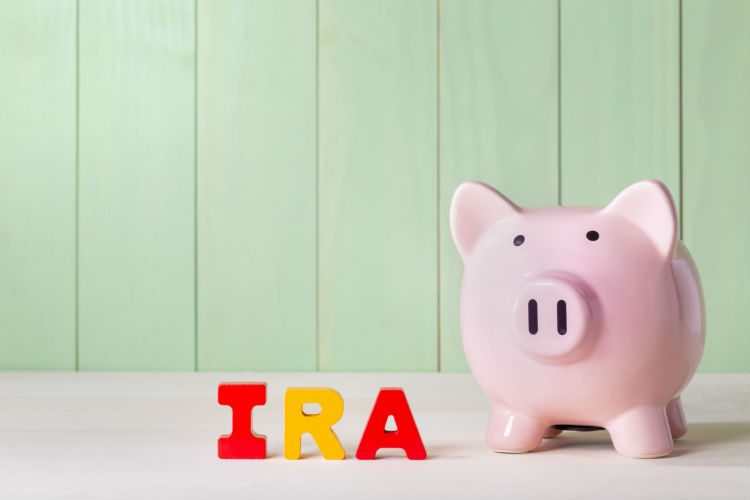If your loved one plans to apply for Medicaid to cover their nursing home expenses, you are probably aware that not all assets are counted for purposes of determining their eligibility. While a Medicaid applicant may not have more than $2,000 of “countable” assets, there are many forms of assets that are not countable (i.e. they are exempt). In other words, they are simply excluded from Medicaid’s $2,000 asset limit.
The main exemptions are the applicant’s home, car, personal property and jewelry, and their pre-paid funeral and burial. Any stocks, bonds, mutual funds, additional real estate and cash in the bank are all countable, assuming they are in the applicant’s name only or they are listed as a joint owner of such assets.
However, depending on the rules of the particular state in which your loved one is applying for Medicaid, their retirement plan assets (i.e., their individual retirement account (IRA), 401(k), 403(b), 457(b), etc.) may be completely exempt. Unfortunately, there is no blanket federal rule that applies, so you need to find out the specific rules from the Medicaid bureau in your loved one’s state in order to know for sure.
Learn More: Medicaid Resources by State
That being said, there are some general rules you both should be aware of. First of all, in many states if the retirement plan account is in “pay out status” (being paid out to the owner in a fixed amount every month) or is paying the minimum required distribution (for those over age 70 ½), then such payments are treated like an annuity and counted as income in the month they are received. The total balance in the account, though, is considered exempt.
If the owner is able to withdraw the entire amount of the retirement account at any time—regardless of the fact that income tax may be owed on such a withdrawal—then the full balance in the account is deemed “available” and is thus countable (just like cash in the bank).
If your loved one is married, many states do not count the retirement assets of their at-home spouse at all. In other states, these assets are fully countable unless the account is paying out the minimum required distributions to the at-home spouse, in which case the state may count it only as an income source as mentioned above. Yet another set of states are less generous and count the retirement assets of both spouses the same way they would classify cash in the bank.
As you can see, the rules vary quite a bit from state to state. However, after reading the above, you will be more prepared to ask the right questions of your Medicaid bureau representative and make plans accordingly, to minimize the amount of your retirement plan assets that must be used for your nursing home expenses.

